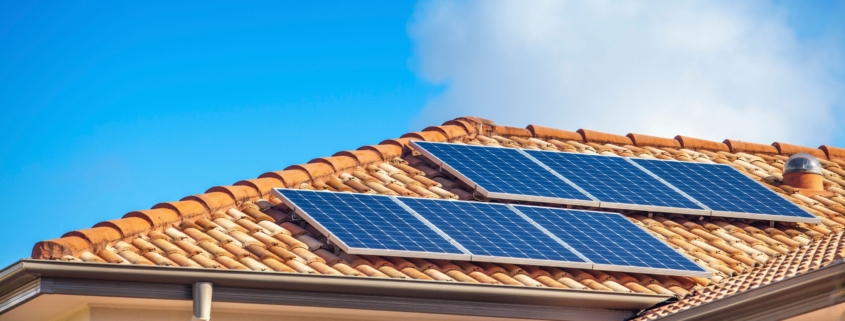Green Living: Enhancing Home Values and Sustainability
In today’s world, the concept of green living isn’t just a passing trend—it’s a fundamental shift towards sustainable practices that benefit both the environment and our well-being. One area where this shift is particularly impactful is in the realm of real estate. More and more homeowners are recognizing the value of green features not only for reducing their carbon footprint but also for increasing the value of their homes. In this blog post, we’ll explore how green living practices can enhance home values and contribute to a more sustainable future.
The Rise of Green Living
The push towards green living has gained significant momentum in recent years, driven by growing concerns about climate change, resource depletion, and environmental degradation. As a result, homeowners, builders, and real estate developers are increasingly integrating sustainable features into homes and communities.
Environmental Benefits
One of the primary motivations behind green living is its positive impact on the environment. By adopting practices such as energy efficiency, water conservation, and waste reduction, homeowners can significantly reduce their ecological footprint. For instance, installing solar panels, using energy-efficient appliances, and implementing proper insulation can lower energy consumption and decrease greenhouse gas emissions.
Financial Incentives
Beyond the environmental benefits, green living can also lead to substantial financial savings for homeowners. Energy-efficient homes typically have lower utility bills due to reduced energy and water consumption. Moreover, many governments offer incentives such as tax credits, rebates, and grants for homeowners who invest in green technologies. These financial incentives not only offset the initial cost of green upgrades but also increase the overall affordability of sustainable living.
Enhanced Home Values
In addition to cost savings and environmental benefits, green features can significantly enhance the value of a home. Studies have shown that properties with green certifications or energy-efficient features tend to sell for higher prices and spend less time on the market compared to conventional homes. This increased value is driven by several factors:
- Energy Savings: Homes with energy-efficient features are more attractive to buyers because they offer long-term savings on utility bills. Potential buyers recognize the value of lower operating costs and are willing to pay a premium for homes that are already equipped with energy-saving technologies.
- Health and Comfort: Green homes often prioritize indoor air quality, natural light, and thermal comfort. These features contribute to a healthier and more comfortable living environment, which is highly desirable for homeowners. Properties that prioritize health and comfort are perceived as more valuable and are therefore more likely to command higher prices in the real estate market.
- Market Demand: As awareness of environmental issues continues to grow, so does the demand for sustainable homes. Buyers are increasingly seeking properties that align with their values and lifestyle choices. Green homes not only appeal to environmentally conscious buyers but also attract a broader segment of the market, including those looking for modern, efficient, and high-quality residences.
In conclusion, green living is not only beneficial for the environment and personal well-being but also for the financial value of a home. By incorporating sustainable features and practices, homeowners can reduce their ecological footprint, save money on utilities, and increase the market value of their properties. As the demand for sustainable living continues to rise, investing in green upgrades is not just a wise decision for homeowners—it’s a crucial step towards building a more sustainable future for generations to come.




